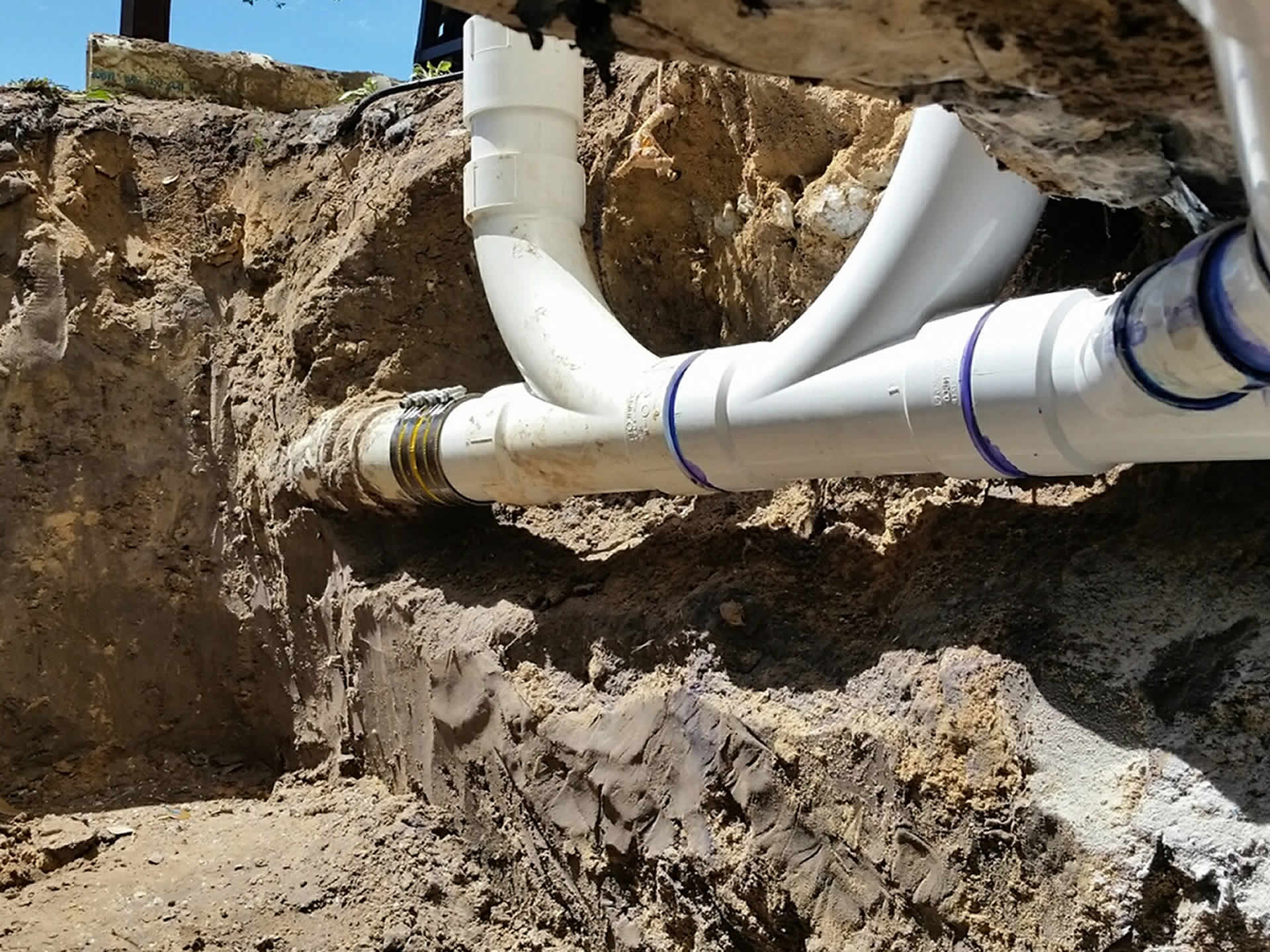

Articles
What Is A Plumbing Stoppage Coverage
Modified: January 6, 2024
Discover everything you need to know about plumbing stoppage coverage in our informative articles. Gain valuable insights and make informed decisions for your plumbing needs.
(Many of the links in this article redirect to a specific reviewed product. Your purchase of these products through affiliate links helps to generate commission for Storables.com, at no extra cost. Learn more)
Introduction
Plumbing stoppage coverage is an essential aspect of homeowners’ insurance that provides protection and financial support in the event of a plumbing issue or blockage. Plumbing problems can cause significant damage to your property, resulting in costly repairs and inconveniences. Having the right coverage in place can give you peace of mind and help you navigate unexpected plumbing issues with ease.
In this article, we will delve into the world of plumbing stoppage coverage, discussing its importance, types, limitations, exclusions, and how to obtain it. Whether you’re a homeowner or looking to purchase a property, understanding plumbing stoppage coverage will empower you to make informed decisions and protect your investment.
Key Takeaways:
- Plumbing stoppage coverage is crucial for homeowners, offering financial protection and peace of mind against unexpected plumbing issues. Understanding coverage options, limitations, and exclusions is essential for making informed decisions.
- Obtaining plumbing stoppage coverage involves assessing specific plumbing needs, comparing coverage options, and understanding policy terms. Regular maintenance is key, and homeowners should seek guidance from insurance professionals to ensure adequate protection.
Read more: What Is A Stoppage In Plumbing
Understanding Plumbing Stoppage Coverage
Plumbing stoppage coverage is a specific type of insurance coverage that focuses on protecting homeowners from the financial consequences of plumbing issues. It typically covers damages resulting from clogged drains, blocked pipes, and other plumbing-related problems that cause water or sewage backups in your home. This coverage can help pay for the cost of repairs, cleanup, and restoration of your property.
When it comes to plumbing stoppage coverage, it’s important to note that not all insurance policies automatically include it. Some policies may offer it as an optional add-on or require you to purchase a separate endorsement. It’s crucial to carefully review your insurance policy to understand what is covered and determine if additional coverage for plumbing stoppages is necessary.
Plumbing stoppage coverage generally provides protection against a wide range of issues, including blockages in your sewage lines, main drain lines, and interior plumbing. It can also cover damages caused by tree roots intruding into the plumbing system or the failure of your sump pump. The coverage typically extends to repairing or replacing damaged pipes, clearing clogs, and cleaning up water or sewage backups.
It’s important to be aware that plumbing stoppage coverage doesn’t usually cover pre-existing plumbing issues or problems resulting from the negligence of the homeowner, such as flushing inappropriate materials down the toilet or pouring grease down the drains. Additionally, coverage may vary depending on the specific terms and conditions of your insurance policy, so it’s essential to review your policy and discuss any questions or concerns with your insurance provider.
Types of Plumbing Stoppage Coverage
Plumbing stoppage coverage can vary depending on your insurance provider and the specific policy you have. Here are some common types of plumbing stoppage coverage options:
- Basic Drain Coverage: This type of coverage typically protects against blockages in your interior drains and may include kitchen sink drains, bathroom drains, and laundry drains. It helps cover the costs of clearing clogs and repairing any resulting damage.
- Main Sewer Line Coverage: This coverage extends protection to your main sewer line, which is responsible for carrying waste from your home to the municipal sewer system. It can cover damages resulting from blockages or breaks in the sewer line and may include the cost of repairs or even the replacement of the line.
- Exterior Coverage: This type of coverage focuses on the plumbing components outside of your home, such as drain pipes, sewer pipes, and septic tanks. It can help with the costs of repairs or replacements due to blockages or damage caused by factors like tree roots, ground shifts, or extreme weather conditions.
- Emergency Water Removal: Some insurance policies may offer coverage for emergency water removal services, which can be crucial in cases of severe plumbing issues or water backups. This coverage can help pay for the immediate cleanup and removal of water or sewage to prevent further damage to your property.
It’s important to carefully review the specifics of each coverage option and choose the one that best fits your needs. Consider factors such as the age and condition of your plumbing system, your location, and any known risks or vulnerabilities that may affect your plumbing.
Keep in mind that the availability of these coverage options may vary depending on your insurance provider and the policy you have. It’s recommended to discuss your specific coverage needs with your insurance agent or representative to ensure you have the right level of protection for your plumbing system.
Coverage Limitations
While plumbing stoppage coverage can provide essential protection, it’s essential to understand that there are certain limitations to what it covers. Here are some common coverage limitations to be aware of:
- Pre-Existing Conditions: Most insurance policies do not cover pre-existing plumbing issues. This means that if you already have a known problem with your plumbing system before obtaining the coverage, it may not be covered under the policy.
- Age and Condition Limitations: Some insurance policies may have limitations based on the age or condition of your plumbing system. For example, a policy may not cover repairs or replacements for pipes that are older than a certain age or severely deteriorated due to neglect or lack of maintenance.
- Gradual Damage: Plumbing stoppage coverage typically covers sudden and accidental damage caused by plumbing issues, but it may not cover gradual damage that occurs over time. For example, if you have a slow leak in your pipes that causes water damage over several months, it may not be covered under the policy.
- Deductibles and Coverage Caps: Like other types of insurance, plumbing stoppage coverage often comes with deductibles and limits. This means that you may be responsible for paying a certain amount out of pocket before the coverage kicks in, and there may be a maximum amount the policy will pay for repairs or replacements.
- Exclusions: Insurance policies may have specific exclusions regarding certain causes of plumbing stoppages. For example, a policy may not cover damages caused by sewer backups due to heavy rain or flooding. It’s crucial to review your policy’s exclusions to understand what is not covered.
Understanding these limitations is important for managing your expectations and making informed decisions when it comes to your coverage. It’s recommended to carefully review your insurance policy, including the fine print and any endorsements or add-ons, to fully understand the specific limitations of your plumbing stoppage coverage.
If you have any questions or concerns about the coverage limitations, it’s advisable to reach out to your insurance provider or agent for clarification. They can provide guidance on what is covered, explain any limitations in detail, and offer recommendations on how to mitigate potential coverage gaps.
Exclusions from Coverage
While plumbing stoppage coverage is designed to protect homeowners from many plumbing-related issues, it’s important to be aware of the exclusions that may apply. These exclusions dictate what specific situations or circumstances are not covered by the insurance policy. Here are some common exclusions from plumbing stoppage coverage:
- Preventable Damage: Insurance policies often exclude damages that could have been prevented through proper maintenance and upkeep. This includes neglecting to address plumbing issues in a timely manner, not performing regular inspections, or failing to take precautionary measures to protect your plumbing system.
- Intentional Damage: Any damages resulting from intentional acts, such as purposely causing a plumbing stoppage or willful destruction of the plumbing system, are typically not covered by insurance.
- Acts of Nature: Some policies exclude damages caused by natural disasters or severe weather events, such as flooding, earthquakes, or hurricanes. It is important to check with your insurance provider about any specific coverage options available for these types of events.
- Environmental Factors: Insurance policies can exclude coverage for damages caused by environmental factors, such as soil shifting, tree root intrusion, or normal wear and tear on the plumbing system over time.
- Damage from External Sources: Damages caused by factors external to the plumbing system, such as vandalism, theft, or accidents, are typically not covered under plumbing stoppage coverage.
- Business-Related Plumbing Issues: If you operate a home-based business and encounter plumbing stoppage issues related to business activities, it may not be covered under a standard homeowners’ insurance policy.
It’s crucial to carefully review your insurance policy to understand the specific exclusions that apply to your plumbing stoppage coverage. This will help you manage your expectations and potentially explore additional coverage options to address any gaps in protection.
If you have concerns about certain exclusions or need clarification on the coverage provided, it’s advisable to reach out to your insurance provider or agent. They can provide detailed explanations of the exclusions and help you determine if there are additional coverage endorsements or options available to meet your specific needs.
Regular maintenance and proper use of your plumbing system can help prevent stoppages. Avoid flushing non-flushable items and use hair catchers in drains to minimize clogs.
Read more: What Is Full Glass Coverage
Importance of Plumbing Stoppage Coverage
Plumbing stoppage coverage plays a crucial role in protecting homeowners from the financial burden and inconvenience of plumbing issues. Here are some key reasons why this coverage is important:
- Financial Protection: Plumbing problems can be costly to fix, especially if they result in significant damage to your property. Plumbing stoppage coverage helps alleviate the financial burden by covering the expenses associated with repairs, cleanup, and restoration.
- Peace of Mind: Knowing that you have plumbing stoppage coverage in place provides peace of mind. It gives you the confidence that if any unexpected plumbing issues arise, you have the necessary insurance support to handle the situation without worrying about the financial implications.
- Timely Repairs: With plumbing stoppage coverage, you can address plumbing issues promptly. Insurance coverage can help expedite the repair process, minimizing further damage and preventing potential health hazards associated with water or sewage backups.
- Protection Against Expensive Repairs: Major plumbing issues, such as sewer line breaks or extensive pipe damage, can lead to expensive repairs. Having coverage can alleviate the financial strain and prevent these repairs from draining your savings or causing financial hardship.
- Convenience and Support: Dealing with plumbing problems can be stressful and disruptive to your daily life. Having insurance coverage means you can rely on your insurance provider for guidance, support, and access to a network of qualified plumbers to handle the repairs efficiently.
- Preserving Home Value: A well-functioning plumbing system is essential for maintaining the value of your home. By addressing plumbing issues promptly and having adequate coverage, you can prevent further damage and preserve the value of your property.
Plumbing stoppage coverage is particularly important for homeowners who have older properties or live in areas prone to plumbing issues. It offers a layer of protection against unexpected repairs and the potential consequences of neglecting plumbing maintenance.
Before purchasing plumbing stoppage coverage, carefully review the terms and conditions of the policy, understand what is covered, and assess your specific needs. Consider factors such as the age and condition of your plumbing system, your location, and any known risks or vulnerabilities that may affect your plumbing.
Ultimately, having plumbing stoppage coverage provides you with the reassurance that you are prepared for any unforeseen plumbing issues that may arise, offering both financial protection and peace of mind.
How to Obtain Plumbing Stoppage Coverage
If you’re interested in obtaining plumbing stoppage coverage, here are some steps you can follow:
- Review Your Current Policy: Start by reviewing your current homeowners’ insurance policy to determine if it already includes plumbing stoppage coverage. Some policies may have it as a standard inclusion, while others may require you to add it as an endorsement or optional coverage.
- Contact Your Insurance Provider: Reach out to your insurance provider or agent to inquire about adding plumbing stoppage coverage to your policy. They can provide you with detailed information on the options available, including any additional costs associated with the coverage.
- Compare Coverage Options: If your current insurance provider does not offer plumbing stoppage coverage or if you want to explore other options, consider shopping around and obtaining quotes from different insurance companies. Compare the coverage benefits, limitations, deductibles, and premiums to find the best fit for your needs.
- Assess Coverage Needs: Assess your specific plumbing needs, taking into account factors such as the age and condition of your plumbing system, any known problems or vulnerabilities, and your location. This will help you determine the level of coverage you require.
- Read and Understand the Policy: Once you’ve chosen a provider and coverage option, carefully read and understand the terms and conditions of the policy before signing. Pay attention to coverage details, limitations, exclusions, deductibles, and any additional endorsements or add-ons.
- Make Informed Decisions: As you navigate the process of obtaining plumbing stoppage coverage, ask questions and seek clarification from your insurance provider or agent. Understand what is covered, what is not covered, and how to make claims if a plumbing issue occurs.
- Keep Up with Maintenance: Remember that insurance coverage is not a substitute for regular plumbing maintenance. Proper maintenance and care of your plumbing system can help prevent issues and minimize the likelihood of plumbing stoppages. Stay proactive by scheduling regular inspections and addressing any plumbing problems promptly.
By following these steps, you can obtain the necessary plumbing stoppage coverage to protect your home and finances from plumbing-related issues. Remember to regularly review your coverage and make adjustments as needed to ensure it aligns with your changing needs and circumstances.
It’s important to note that the availability of plumbing stoppage coverage may vary depending on your location and insurance provider. Some areas may have specific endorsements or regional insurance policies tailored to plumbing issues. Always consult with professionals and local insurance experts to get personalized advice and guidance.
Common Questions about Plumbing Stoppage Coverage
Here are some frequently asked questions about plumbing stoppage coverage:
- Does homeowners’ insurance automatically include plumbing stoppage coverage?
No, not all homeowners’ insurance policies automatically include plumbing stoppage coverage. It may be offered as an optional add-on or require you to purchase a separate endorsement. Review your policy or contact your insurance provider to determine if you have this coverage. - What types of plumbing issues are typically covered?
Plumbing stoppage coverage typically covers blockages in drains, clogged pipes, and issues with the main sewer line. Coverage may extend to repairs, clearings, and clean-up costs associated with these issues, depending on the specifics of your policy. - Are there any exclusions to plumbing stoppage coverage?
Yes, there may be exclusions to what is covered by plumbing stoppage insurance. Some common exclusions include pre-existing plumbing issues, intentional damage, acts of nature, and neglect or lack of maintenance. Review your policy’s exclusions to understand what is not covered. - Do I need plumbing stoppage coverage if I have a home warranty?
A home warranty and plumbing stoppage coverage serve different purposes. A home warranty typically covers the repair or replacement of major appliances and systems, while plumbing stoppage coverage focuses specifically on plumbing issues. It’s advisable to have both types of coverage for comprehensive protection. - How much does plumbing stoppage coverage cost?
The cost of plumbing stoppage coverage varies depending on factors such as your location, the level of coverage, your home’s plumbing system, and the insurance provider. It’s best to obtain quotes from different insurance companies and compare the coverage benefits and costs to find the best option for your needs. - Can I make a claim for a plumbing issue that occurred before obtaining coverage?
No, insurance typically does not cover pre-existing plumbing issues. It’s important to address and fix any known plumbing problems before obtaining coverage to avoid potential claim issues in the future. - How can I prevent plumbing issues and minimize the need for claims?
Regular plumbing maintenance can help prevent issues and minimize the need for claims. Schedule regular inspections, address minor plumbing problems promptly, and avoid putting improper substances down your drains or toilets. - What should I do if I experience a plumbing issue?
If you experience a plumbing issue, take immediate action to mitigate any potential damage. Shut off the water supply if necessary, contact a qualified plumber for assistance, and notify your insurance company to inquire about the claims process.
If you have specific questions about plumbing stoppage coverage, it’s best to reach out to your insurance provider or agent. They can provide answers tailored to your policy and offer guidance based on your unique circumstances.
Conclusion
Plumbing stoppage coverage is a vital component of homeowners’ insurance that offers protection and financial support when faced with plumbing issues and blockages. Understanding this coverage and its importance is crucial for homeowners to safeguard their properties and finances.
By obtaining plumbing stoppage coverage, homeowners can have peace of mind knowing that they are financially protected in the event of plumbing-related problems. It can cover expenses such as repairs, cleanup, and restoration, minimizing the financial burden that comes with unexpected plumbing issues.
It is essential to carefully review your insurance policy to understand what is covered by plumbing stoppage insurance and any limitations and exclusions that may apply. Knowing the specifics of your coverage helps ensure that you are adequately protected and can make informed decisions when it comes to managing potential plumbing problems.
To obtain plumbing stoppage coverage, consult with your insurance provider or agent. They can provide guidance on available coverage options, assist in assessing your specific needs, and help you make informed choices. Remember to compare policies, read and understand the terms and conditions, and ask questions to clarify anything you may be unsure about.
While plumbing stoppage coverage can provide valuable protection, it is not a substitute for regular plumbing maintenance. Proper upkeep and prompt attention to plumbing issues can help prevent major problems and reduce the likelihood of relying heavily on insurance coverage.
In conclusion, plumbing stoppage coverage is a valuable insurance provision that can help homeowners navigate unexpected plumbing issues and protect their homes and finances. By understanding this coverage, assessing their specific needs, and working with insurance professionals, homeowners can secure the necessary protection and have peace of mind regarding their plumbing system.
Frequently Asked Questions about What Is A Plumbing Stoppage Coverage
Was this page helpful?
At Storables.com, we guarantee accurate and reliable information. Our content, validated by Expert Board Contributors, is crafted following stringent Editorial Policies. We're committed to providing you with well-researched, expert-backed insights for all your informational needs.
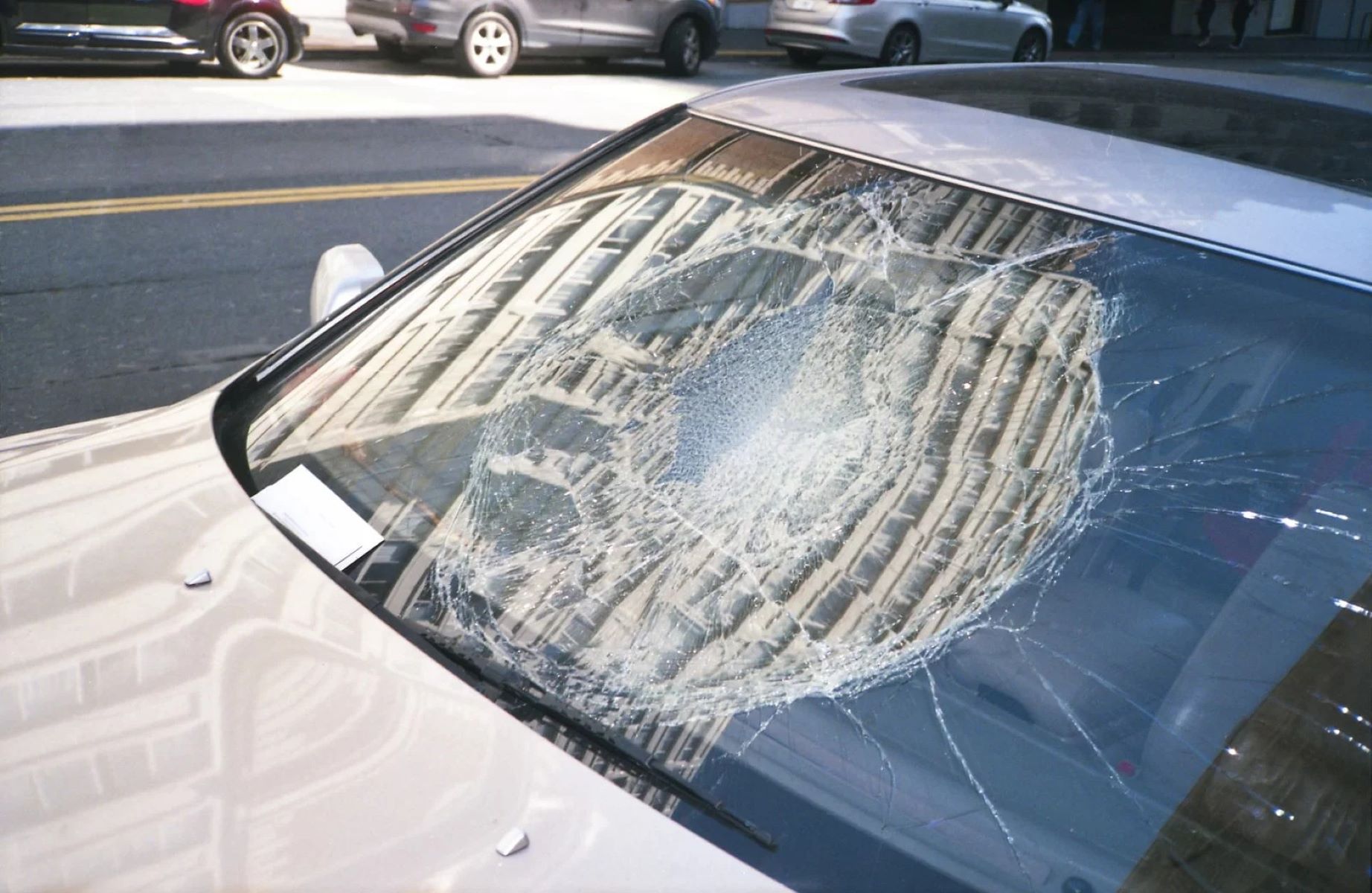
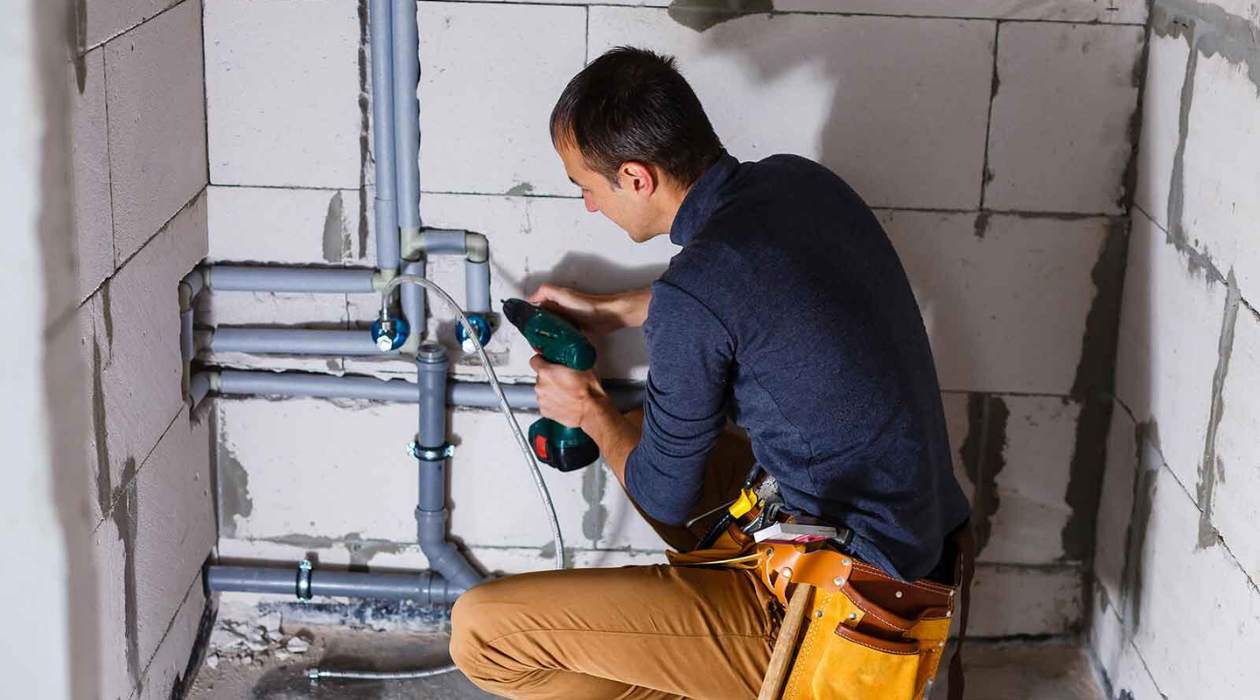
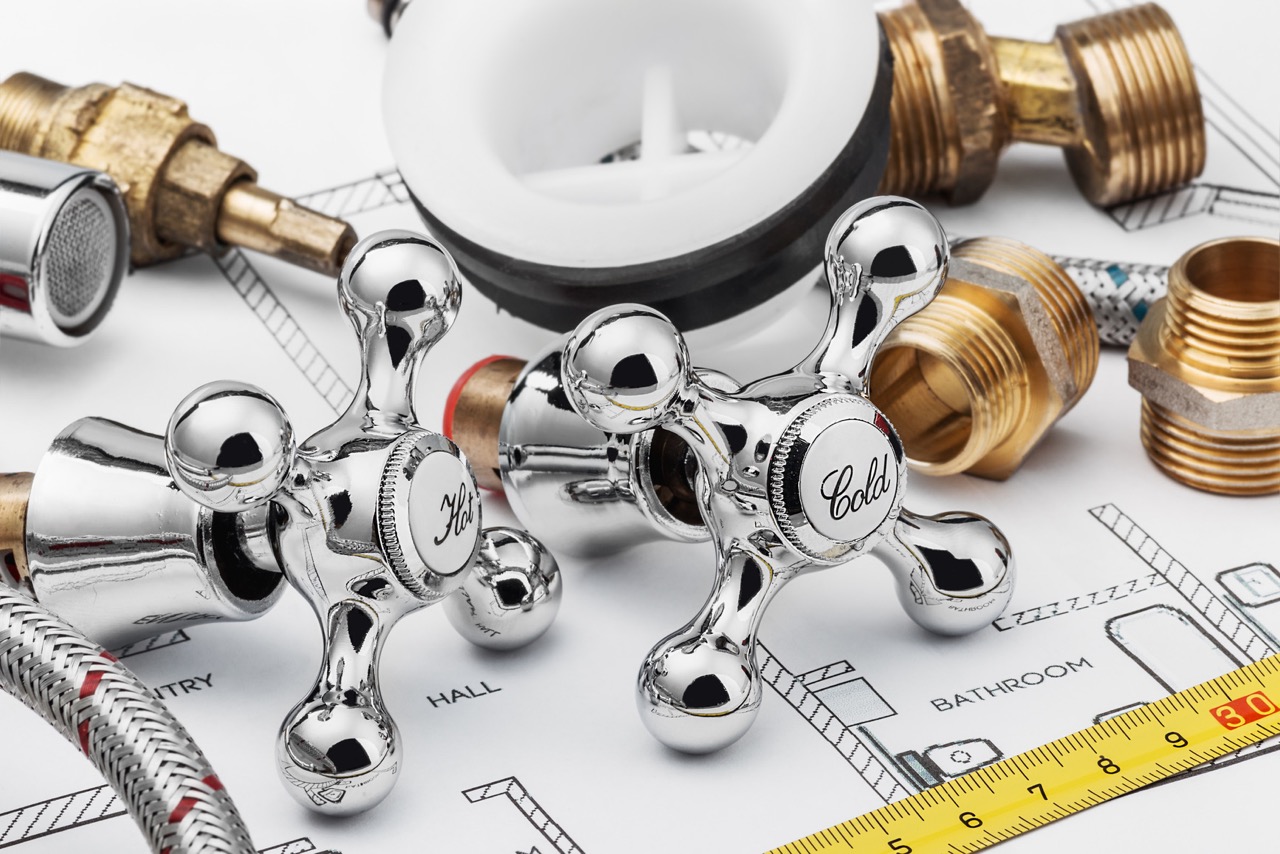
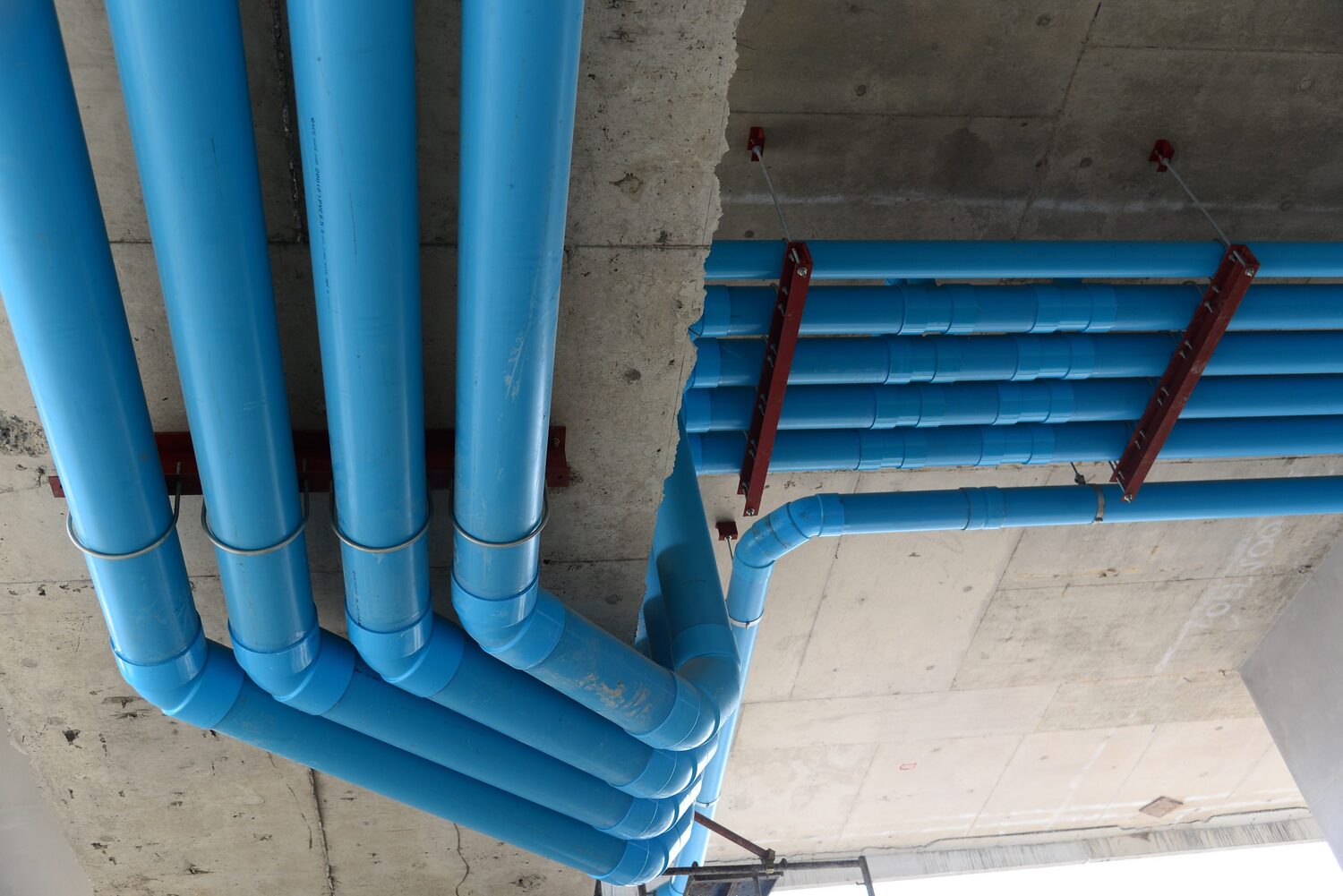
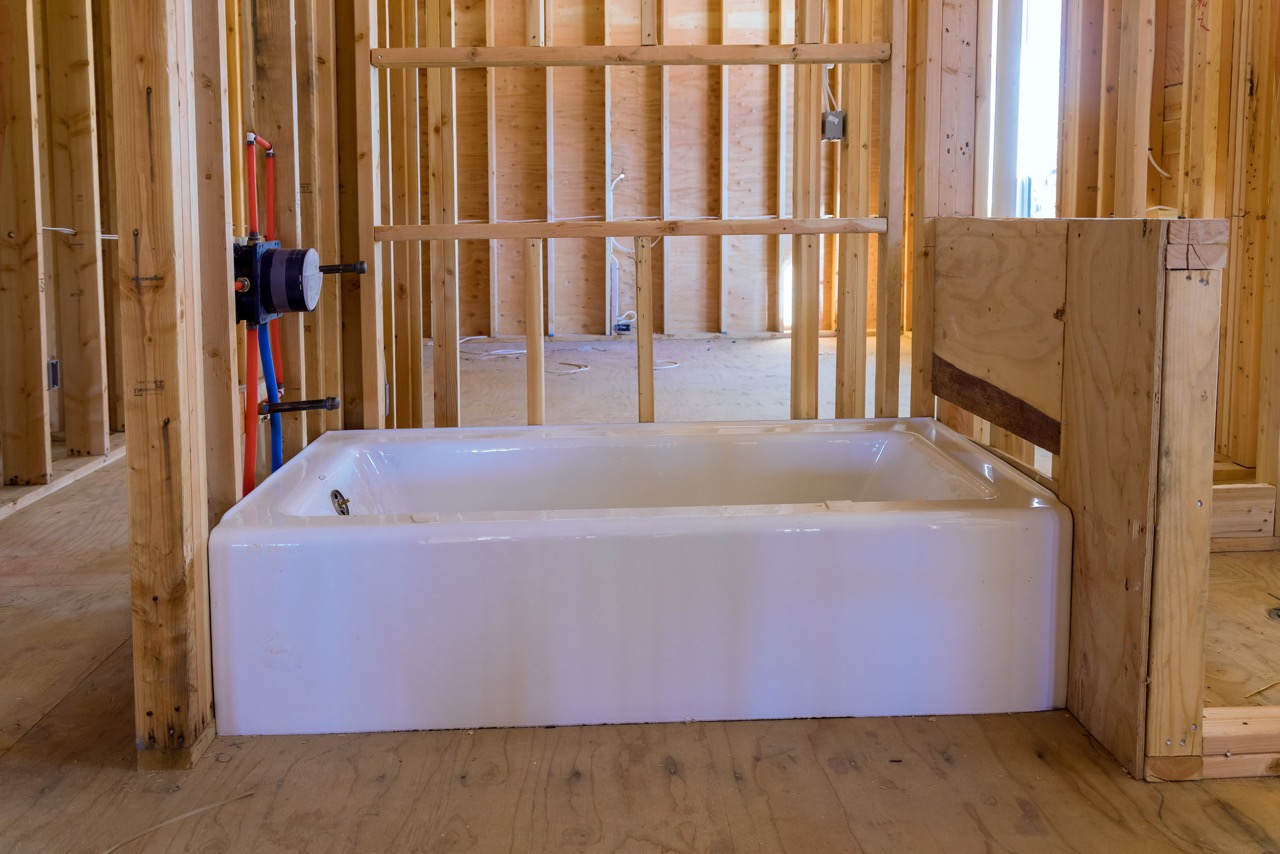

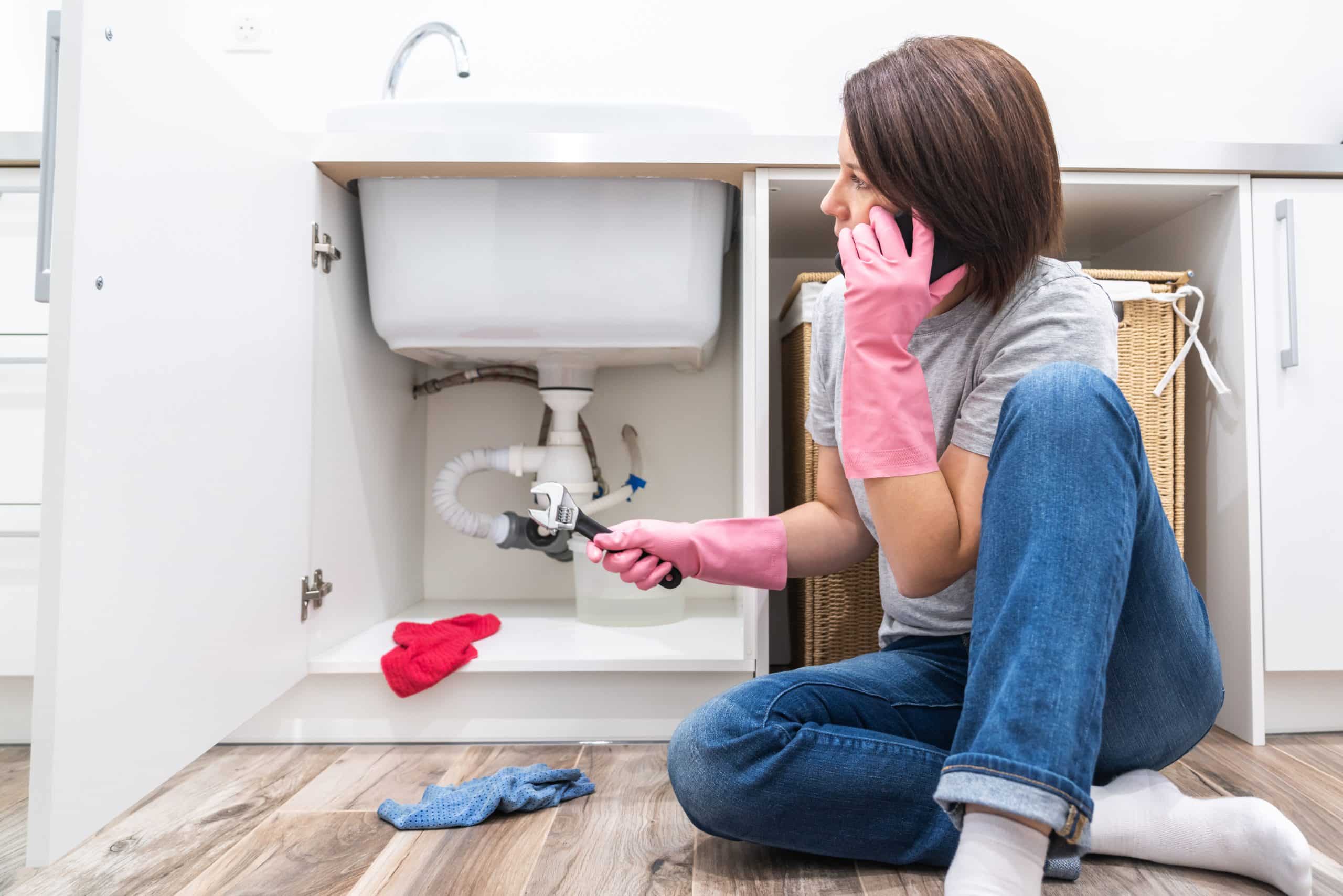
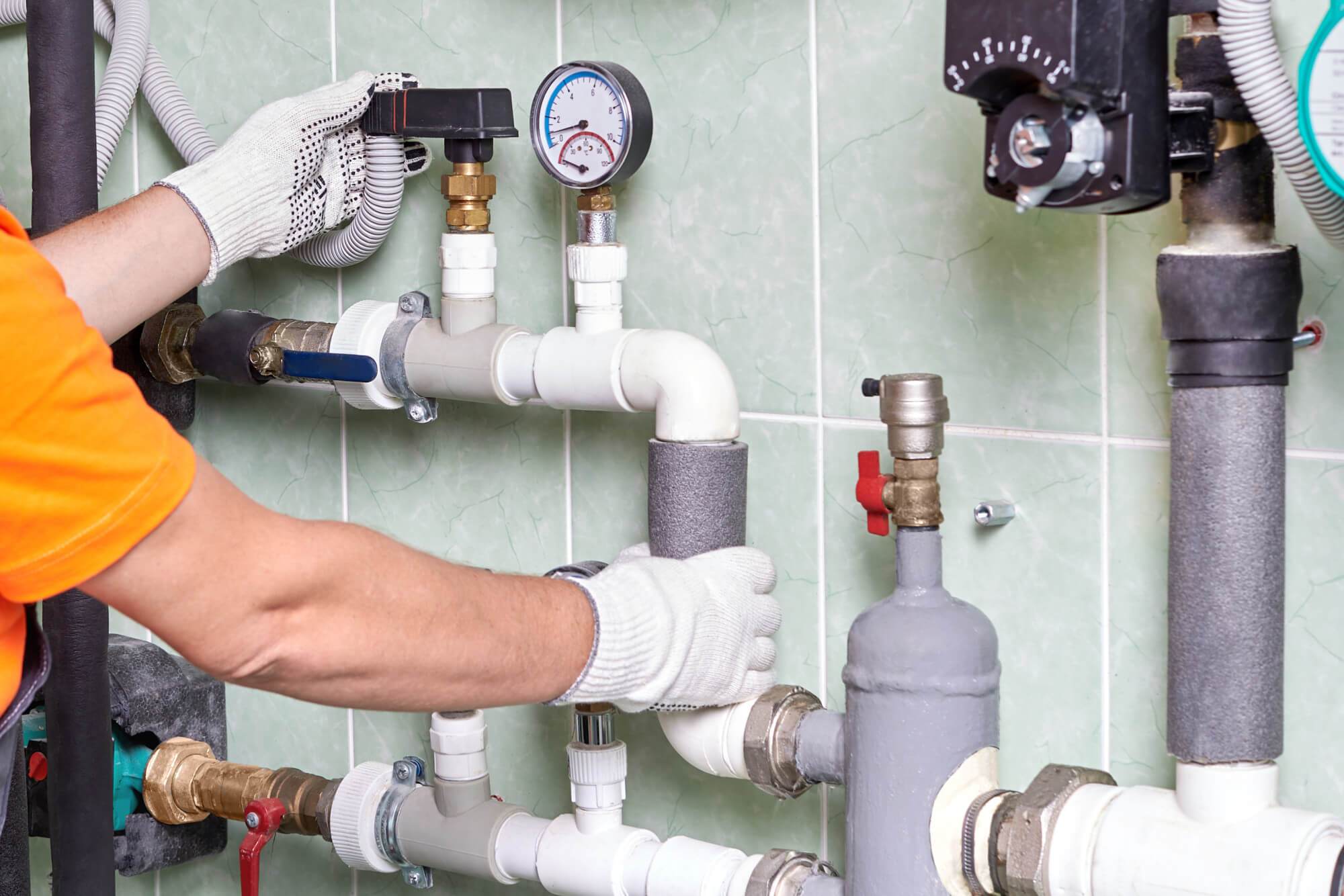
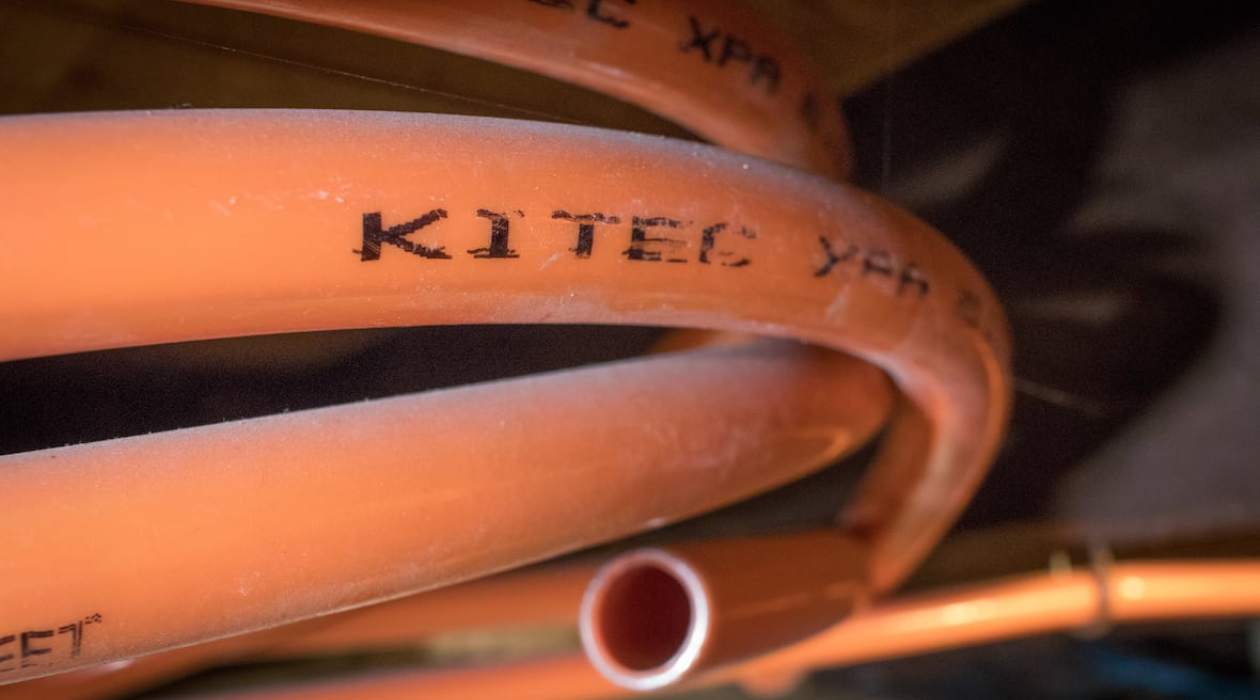
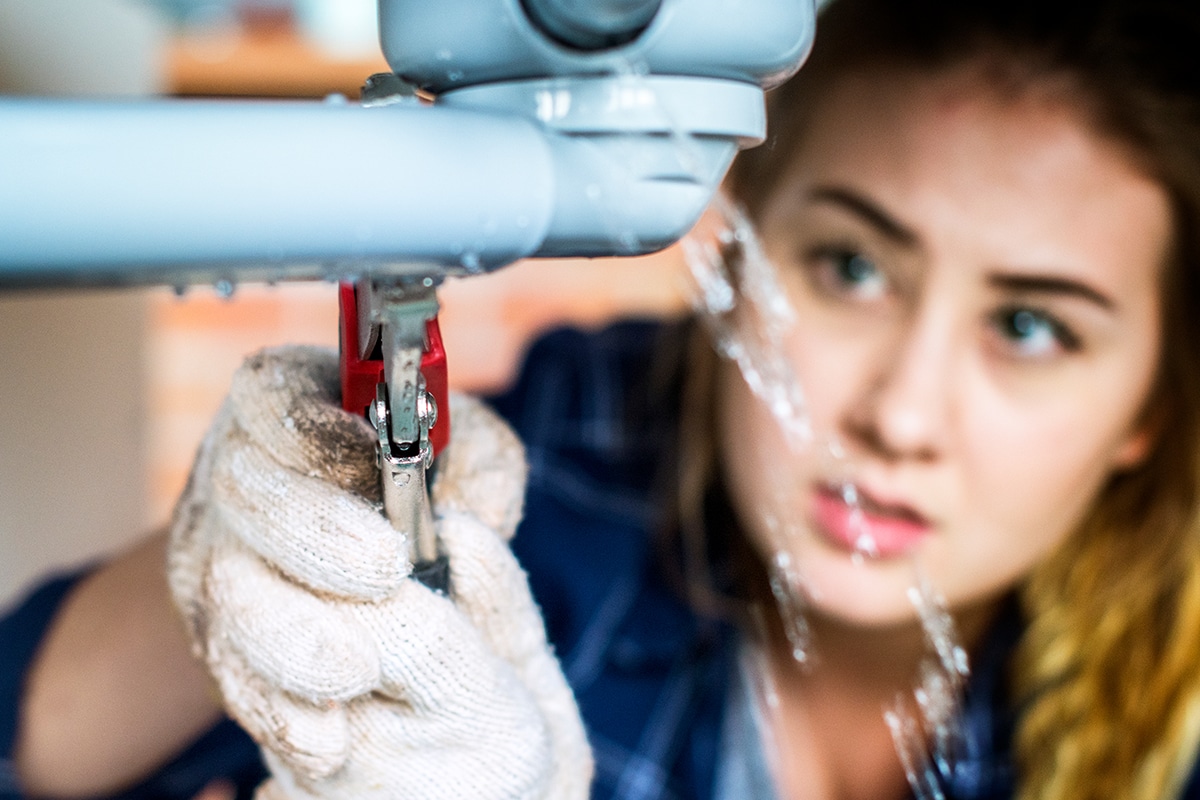
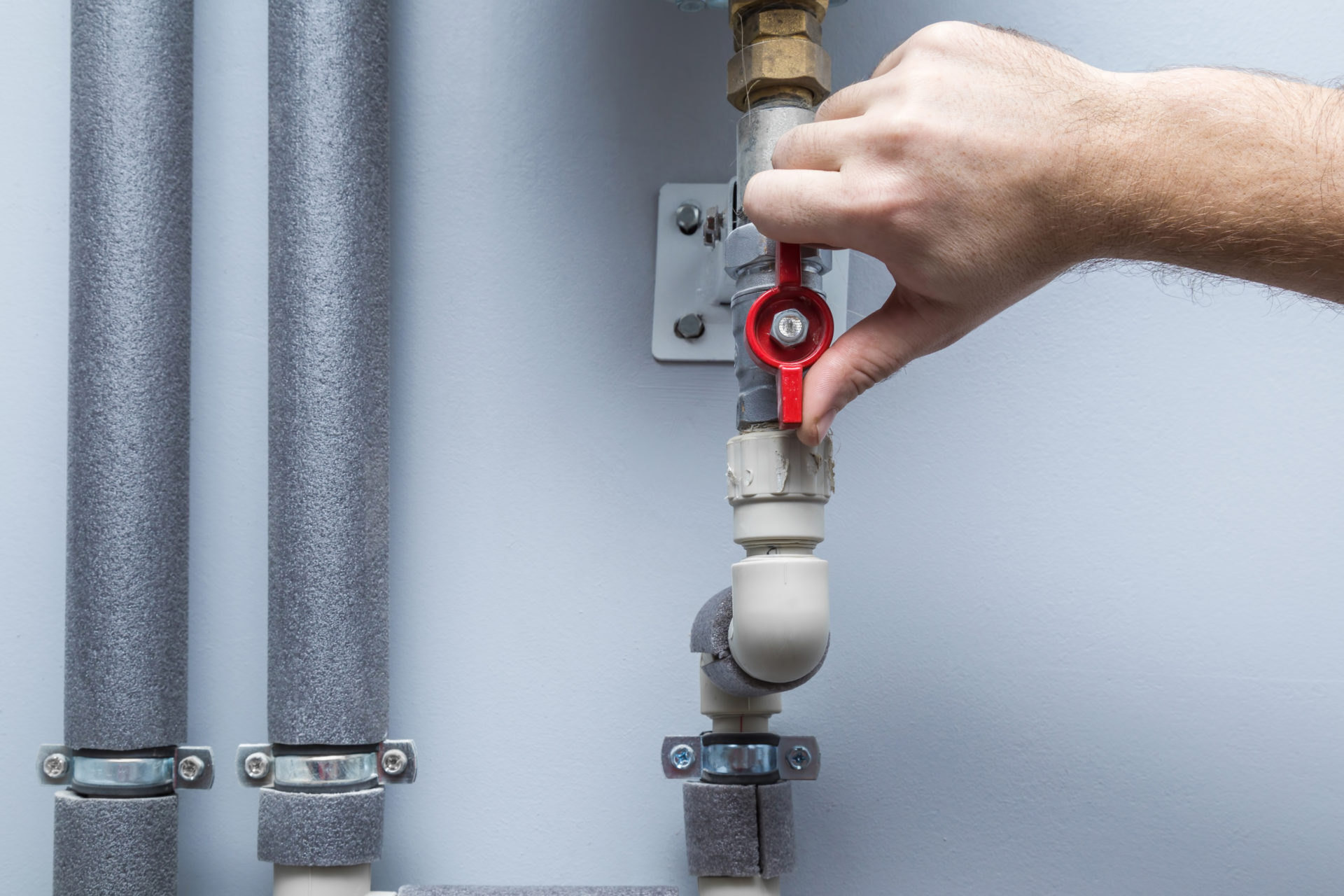
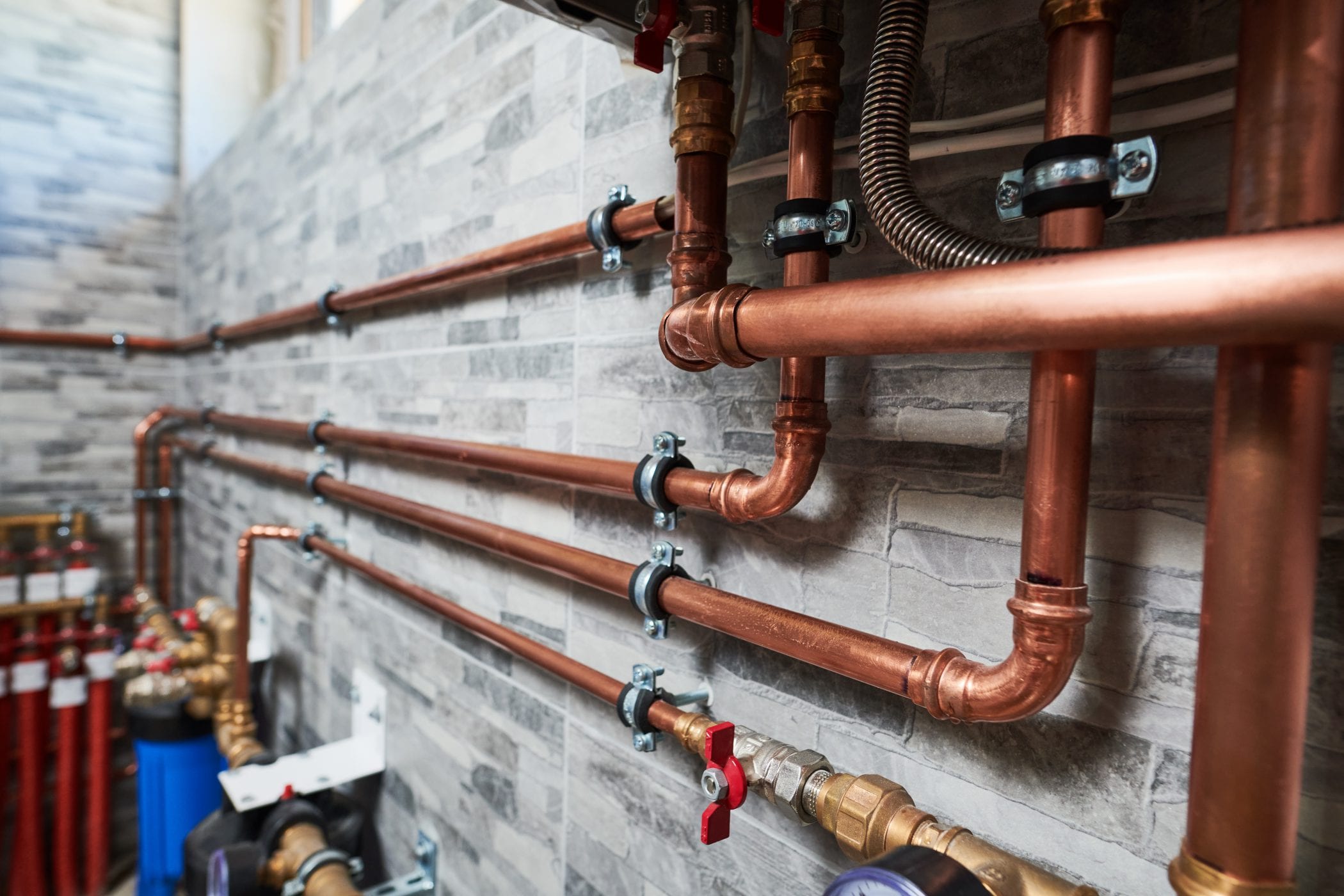
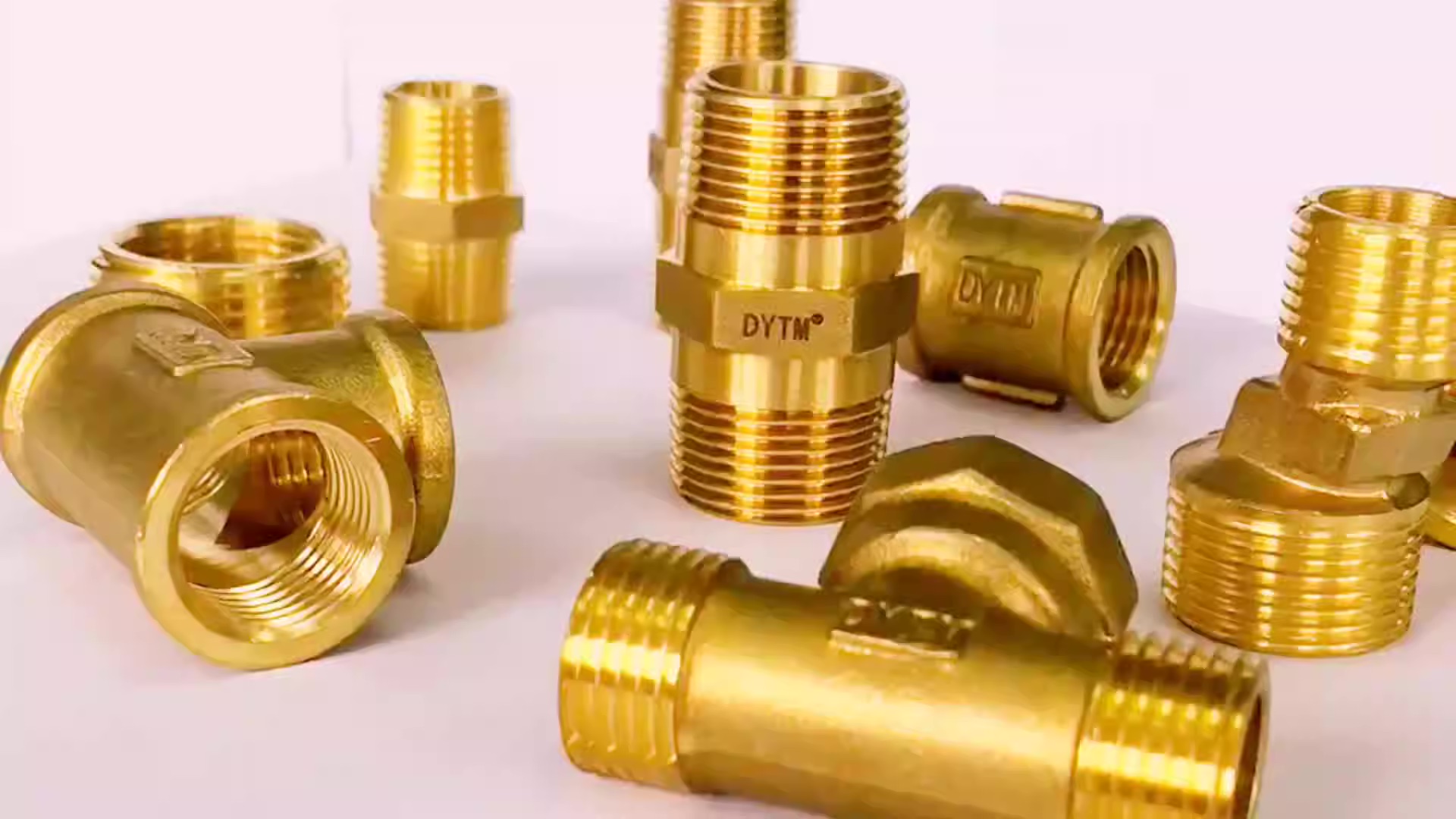
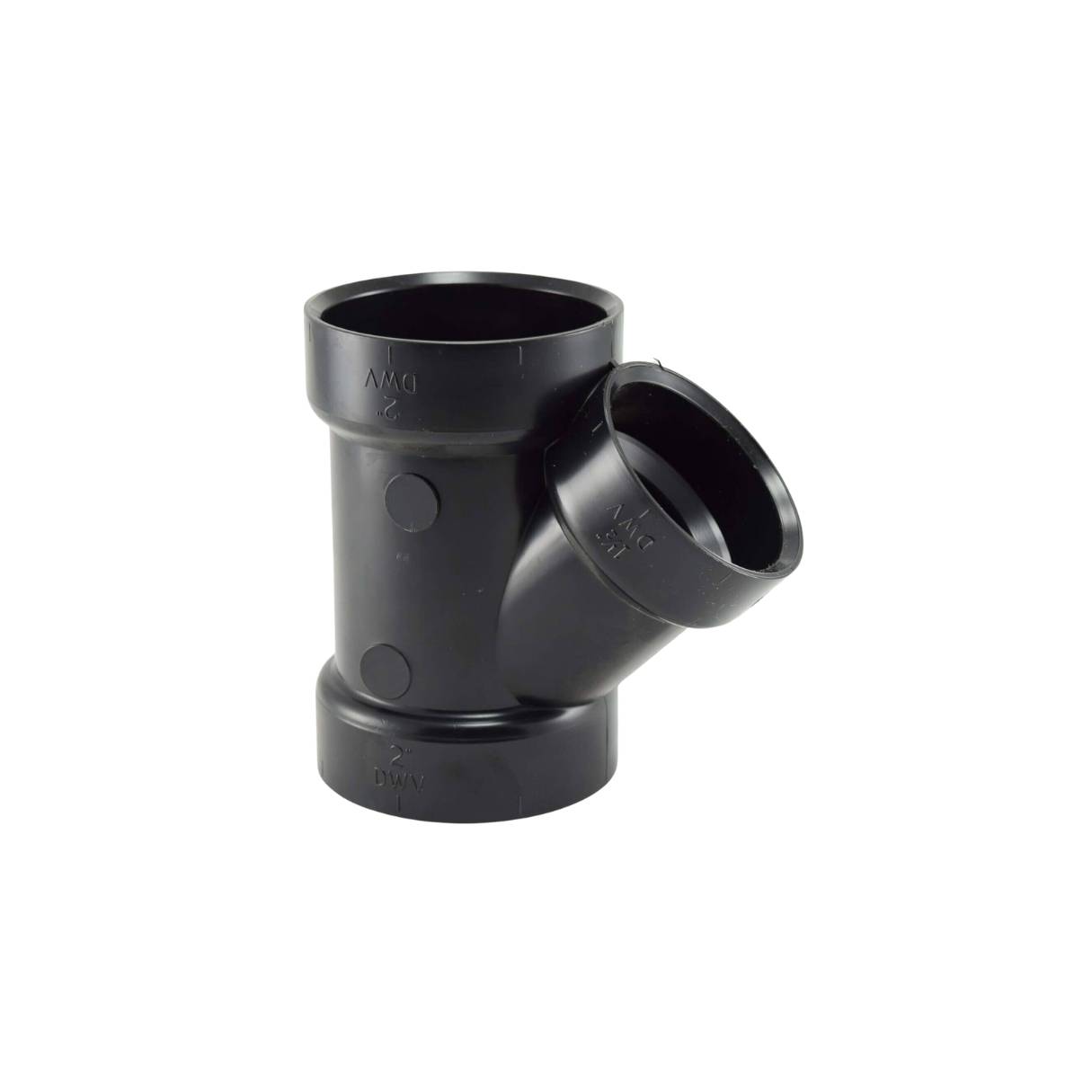

0 thoughts on “What Is A Plumbing Stoppage Coverage”